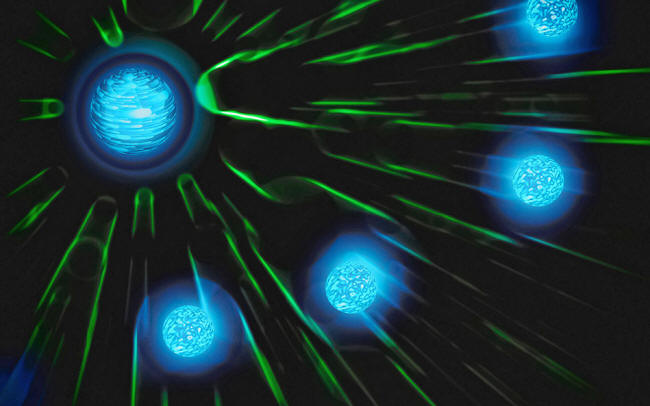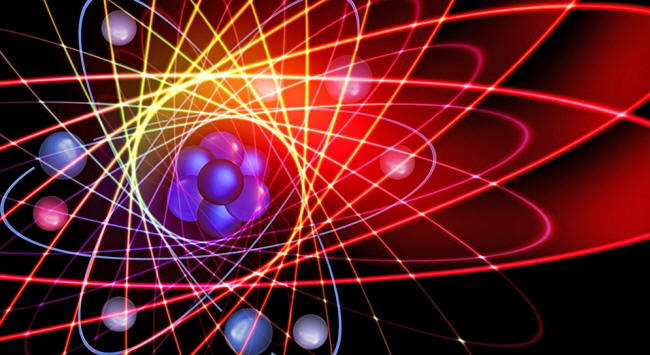|
Similar
Spanish version of the same reality (in photons) may both be correct,
according quantum mechanics.
This tricky thought
experiment proposed that two individuals observing the same photon
could arrive at different conclusions about that photon's state -
and yet both of their observations would be correct.
Their results (Experimental Rejection of Observer-independence in the Quantum World), published Feb. 13 in the preprint journal arXiv, confirmed that even when observers described different states in the same photon, the two conflicting realities could both be true.
In 1961, Wigner had introduced a thought experiment that became known as "Wigner's friend." It begins with a photon - a particle of light.
When an observer in an
isolated laboratory measures the photon, they find that the
particle's polarization - the axis on which it spins - is either
vertical or horizontal.
Yet, neither of those conflicting observations is thought to be wrong, according to quantum mechanics.
But in recent years, important advances in physics finally enabled experts to put Wigner's proposal to the test, Martin Ringbauer said.
Ringbauer and his colleagues tested Wigner's original idea with an even more rigorous experiment which doubled the scenario.
They designated two "laboratories" where the experiments would take place and introduced two pairs of entangled photons, meaning that their fates were linked, so that knowing the state of one automatically tells you the state of the other.
(The photons in the setup
were real. Four "people" in the scenario - "Alice," "Bob" and a
"friend" of each - were not real, but instead represented observers
of the experiment).
This broke the
entanglement and collapsed the superposition, meaning that the
photon they measured existed in a definite state of polarization.
They recorded the results in quantum memory - copied in the
polarization of the second photon.
They could measure their
friends' results that were stored in quantum memory, and thereby
arrive at the same conclusions about the
polarized photons.
In this experiment, known as an interference experiment, if the photons act as waves and still exist in a superposition of states, then Alice and Bob would see a characteristic pattern of light and dark fringes, where the peaks and valleys of the light waves add up or cancel each other out.
If the particles have
"chosen" their state, you'd see a different pattern than if they
hadn't. Wigner had previously proposed that this would reveal that
the photons were still in an entangled state.
Alice and Bob could
arrive at conclusions about the photons that were correct and
provable and that yet still differed from the observations of their
friends - which were also correct and provable, according to the
study.
Over many decades,
experts who study the field have offered numerous interpretations of
what that means, Ringbauer said.
|



